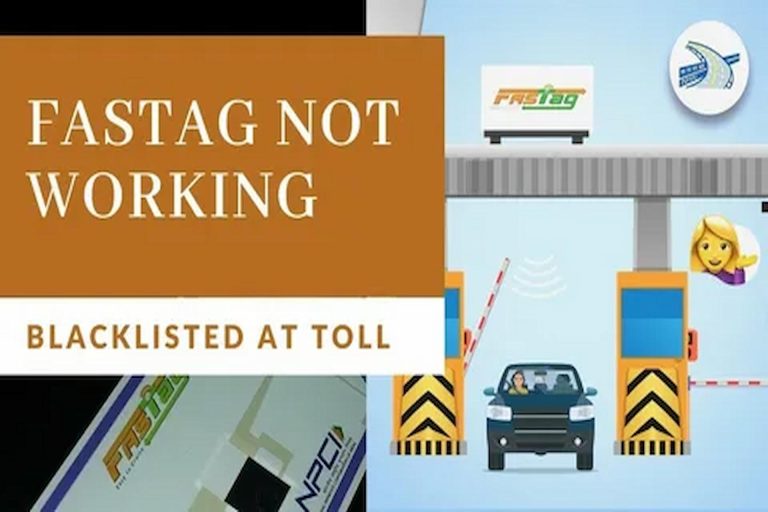Originally a stationary piece of equipment, wheels gave ladders the mobility to become a universal solution to height restrictions. Rolling ladders get you were you need to be and quicker than a stationary ladder. Fixed or stationary ladders require you to pick up the bulky ladder and physically move it manually to where you need it. Rolling ladders eliminates that heavy workload. Instead of picking up something too big for you, you are able to easily roll the ladder around. This saves time and is much safer for your back.
In the world of business time is money and rolling ladders save time and money as employees are able to move around warehouses much quicker than if they used standard ladders for all their needs.
OSHA reports 14% of all fatal work injuries in 2010 occurred due to falls. Rolling ladders are designed according to OSHA safety standards to minimize accidents as much as possible. Safety rolling ladders that focus on preventing workplace injuries are update for designs that facilitate better safety. These ladders come standard with 14″ deep top steps to stabilize the work environment on the top platform. Having a ladder roll out from under you would not be very safe, that is why they come with a locking system that turns the previously mobile ladder into a stationary one. This helps prevent injury by not allowing free movement to the rolling platforms casters.
In addition, the railings on the safety rolling ladders are tall enough to be used from the first moment you step onto the ladder until you reach the top. They do not begin too far up where you have to unsafely reach for it. Handrails standard come in a 30″ height but with California OSHA package these handrails are 42″ with a 21″ mid-rail. The railings are there to steady you from the beginning step up.
Rolling ladders are designed with OSHA and ANSI standards behind them. This means that they have certain safety features that have to be present before being sold. Knowing that these ladders follow OSHA and ANSI standards can give you peace of mind in the quality and construction of them.
A ladder is a vertical or inclined set of rungs or steps. The vertical members of a rigid ladder are called stringers. Rigid ladders are usually portable, but some types are permanently fixed to buildings. Anything too high can now be reached. Anything too far away can be gotten too quickly because they are after all rolling ladders. And you can rest assured that they are safe for you and your employees to use and efficiently run your business.
Not many times can you see the benefits of something just from its name. Safety rolling ladders could not be more simply described. The material the rolling ladder is built from has an impact on its price and also the environment the ladder is best suited for.
An aluminum or stainless steel rolling ladder could just be the answer to your access issues in and around your business location. Stainless steel ladders, with their smooth surfaces and clean welds, are ideal for the hygienic conditions required in food production and manufacturing locations, pharmaceutical industry locations, and other industries where chemical or biological contamination can be a danger to health.
All ladders used in an industrial and/or work environment should be made to industrial strength and have adequate and tested load capacities and a certificate of safety. Ladders made from aluminum, steel, or stainless steel are manufactured with several differing usage options. There is a ladder access solution for just about every industrial and residential application, but a rolling ladder is a specialist solution and there are many variations on its particular theme.
Rolling ladders with a built-in cantilever platform make light work of overhead maintenance where work needs to continue below – such as a conveyor in an airport luggage bay or a food processing factory where a conveyor is taking finished product to packing stations; in fact, these are only a couple the instances in which this type of ladder makes overhead work possible without interrupting the normal flow of business.
The choice of rolling ladders might not be limited to just material it could be a question of the mobility of the ladder. Either way, industrial ladders – in the form of moving stairs- afford temporary intermittent, but regular, access such as that required in a warehouse where order-picking is the major part of the work.
Rolling mobile ladders, complete with a work platform or a shelf, can be used in a warehouse order- picking environment, but they’re also equally at home in a more industrial setting. They might be used by repairmen such as electricians or plumbers, where a quick in-and-out access solution is required, and where there is no need for scissor lifts or articulating booms to be deployed. There are many workplace access solutions available that require a relatively small outlay; items such as stainless steel ladders, rolling ladders, and aluminum industrial ladders.
Mobile rolling stairs are a maintenance supervisor’s best friend for access – able to be deployed on virtually any job or task along with the repairman or woman in factories, warehouses, stockrooms, and maintenance areas. Industrial mobile ladders are manufactured from (obviously) industrial-strength material, either stainless steel or aluminum, and invariably have load capacities of anything from about 300 pounds to a whopping 1500 pounds dead-weight loading.
There are several differing options of mobile ladder solutions available, all featuring locking wheels with casters suitable for indoor and/or outdoor application. Each and every stairway in use in a work or industrial environment should meet or exceed OSHA & ANSI standards (ANSI being the American National Standards Institute and OSHA the Occupational Safety and health Administration, a federal department charged with the enforcement of occupational safety and health legislation in the workplace which through the courts can levy fines on violators).
Safety in the workplace has always been, and still is, an ongoing concern; still, far too many avoidable accidents happen. Actually, these incidents are seldom an “accident”: they’re usually due to negligence, carelessness, recklessness, or stupidity on the part of at least one person that causes these industrial incidents that can result in injury or death. Whichever way one colloquially says it, however, safety in the workplace should be the overriding factor considered on every job undertaken.
Your business can benefit from the best possible advice from an in-house team of industrial access experts. Finding a rolling ladder blog with sales tips and insights can be diffucult but we are developing one at Rolling Safety Ladders Blog Look to Factory Supply with custom access related to any portable stairs, rolling ladders, industrial stairs, stainless steel ladders, and many other access solutions, available to be shipped direct from the premier industrial access solutions provider in the US today. Call them or contact them via their website. The name to remember is Factory Supply; Rolling Ladders



